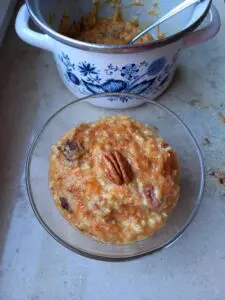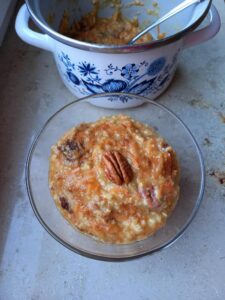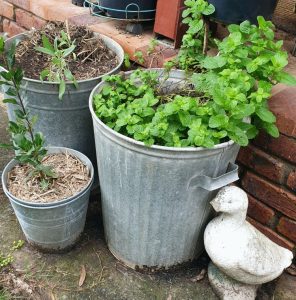There are so many interesting varieties of vegetables to tempt us- many more than we have garden space for. It can be really hard to narrow it down, especially when you’re a beginner gardener.
This is my top ten list of vegetables you should always grow. I have chosen these 10 veggies based on a combination of factors, all of which I think are important and valuable. These are: versatility in the kitchen, being easy to grow, high productivity, tasty, and good nutritional value. (If you’re new to gardening, check out our guide to starting a vegetable garden.)
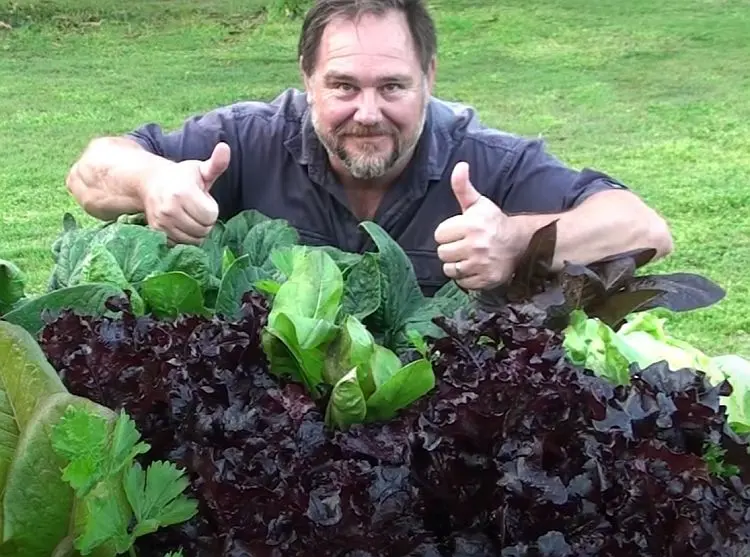
Lettuce
This easy-to-grow annual self-seeds readily so it’s not hard to maintain a steady supply of fresh organic lettuce straight from your backyard. To see lettuce self-seeding in action, scroll down to the video below- the lettuce has grown all through my lawn!
Lettuce is high in nutrients yet super-low in calories, making it one of the 10 best greens to eat. While it’s a perennial favourite in salads, lettuce can be so much more, adding texture and colour to a huge variety of foods. Think san choy bau, fish on a bed of seared romaine, or rocket blended with cucumber, kale & lime juice to make a dressing.
There are over a hundred different varieties of lettuce, with some suiting hotter climates and others better in cold weather. Head-forming or hearting lettuces like iceberg suit cool weather while loose-leaf types like rocket, oakleaf, & Australian yellow leaf are easier to grow in warm areas.

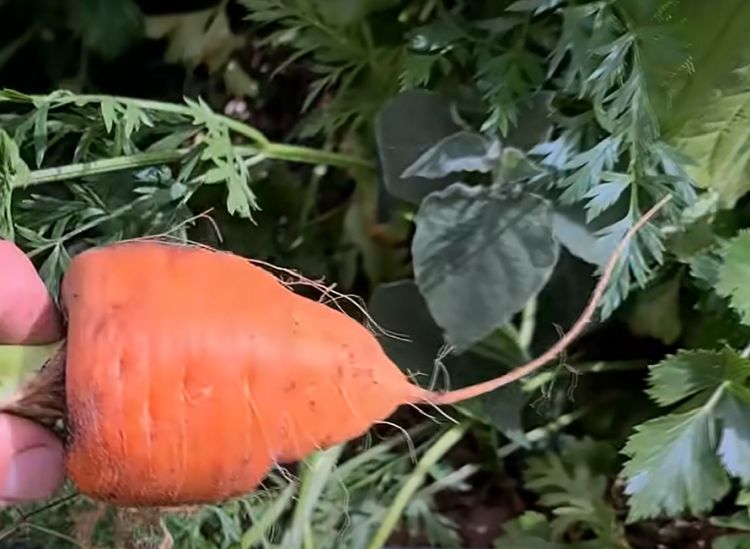
Carrots
Did you know that the old adage ‘carrots are good for your eyesight’ really is based on fact? Carrots contain proteins called lutein and beta carotene which are known to protect the eyesight. Highly productive as a crop, versatile & tasty, carrots are considered a nutrient-dense food as they are a good source of fibre, vitamin K1, and potassium.
They have a wide temperature growing range, so can be grown in many climates all year round. They are a great addition to hot and cold foods, and are a cheap way to bulk out a meal. As with lettuce, there are varieties suited to both cold and warm climates. If your growing season is short, consider trying the smaller carrot types like Paris Market.

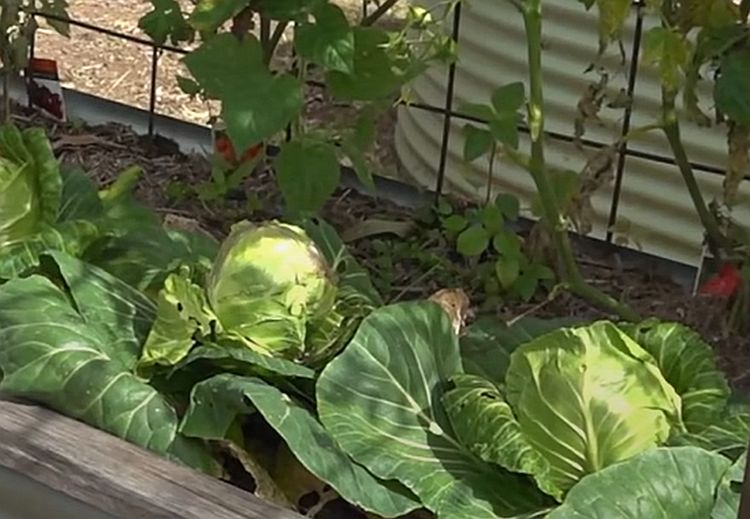
Cabbage
Cabbage is one of the best-known staple veggies, having been grown since medieval times. It belongs to the brassica vegetable family, so is a relative of broccoli, kale and cauliflower. Cabbage is packed with nutrients, including vitamins C, K, and B6, manganese, folate, calcium, potassium and magnesium.
The traditional cabbage can be more interesting than grocery shops would have you believe. It comes in a variety of shapes and colours, including red, purple, white and green, and its leaves can be either crinkled or smooth. Versatile in the kitchen, it can be eaten fresh or preserved. You can boil, steam, roast, sautee and stuff cabbage into a wide variety of recipes. Preserved, it is the main ingredient in sauerkraut (German pickled cabbage), and can be fermented into kimchi, Korean style.
While cabbage is easy to grow, if you have a short growing season or are troubled by pests, growing mini cabbages may be an easier option.

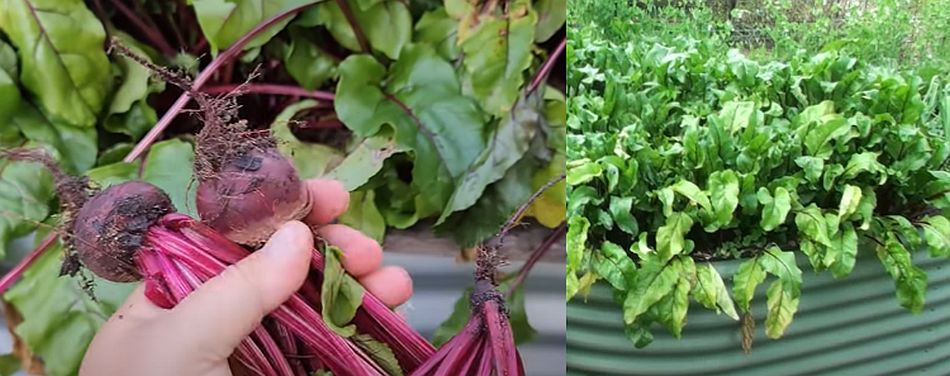
Beetroot
Beetroot is high in vitamins & minerals, low in calories and fat, and high in fibre. Considered a ‘superfood’, studies have shown that it may help to prevent cancer. While this research needs more work, the early signs are promising.
Versatile and easy to grow, beetroot is a no-brainer to make the list of 10 vegetables you should always grow. To me, beetroot is something of a ‘bonus plant’. While we think of beetroot as just a tasty dark red tuber, the leaves are just as important. Beetroot leaves can be used as a spinach or salad green, and are enormously good for you. They help fight inflammation, improve digestion, support brain health and contain anti-cancer properties. The greens contain plenty of nitrates, which help lower blood pressure. The nitrates also improve oxygen levels in the body, which enhance exercise performance and athletic ability.
Just like carrots, beetroot is highly productive in the garden, requiring very little maintenance and providing a big output for the amount of bed space it uses.

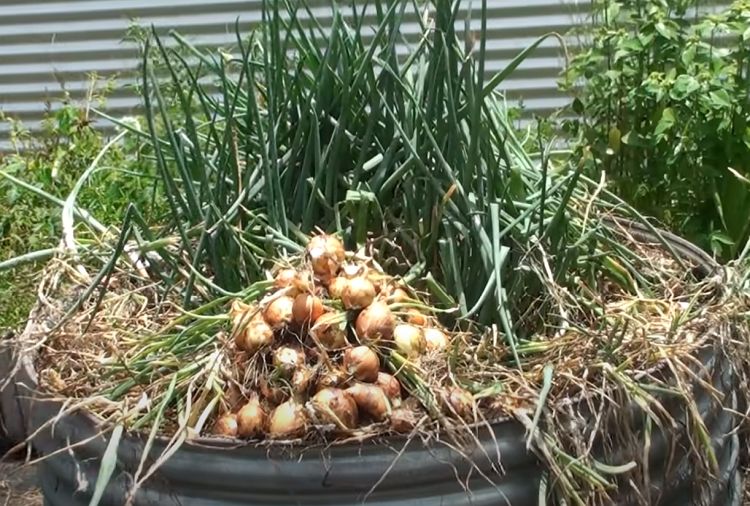
Onions
The simple onion is possibly the most versatile vegetable ever. They form a base for literally thousands of different meals and sauces yet can also be the star of the plate in their own right. Onions are pretty special health-wise too. They help regulate blood sugar, lower cholesterol and boost the immune system.
It’s easy to use an onion every day in the kitchen, so it’s lucky that they’re a hardy crop with a long shelf life. There are varieties to suit all climates. Cool climate dwellers need to plant ‘long day onions’ while those who live with hot weather nearer the equator must choose ‘short day’ types.
If you’re short on space or favour container gardening, spring onions are a good alternative. They take up less space than standard onions, can be picked continuously, and can even be grown in a jar of water.

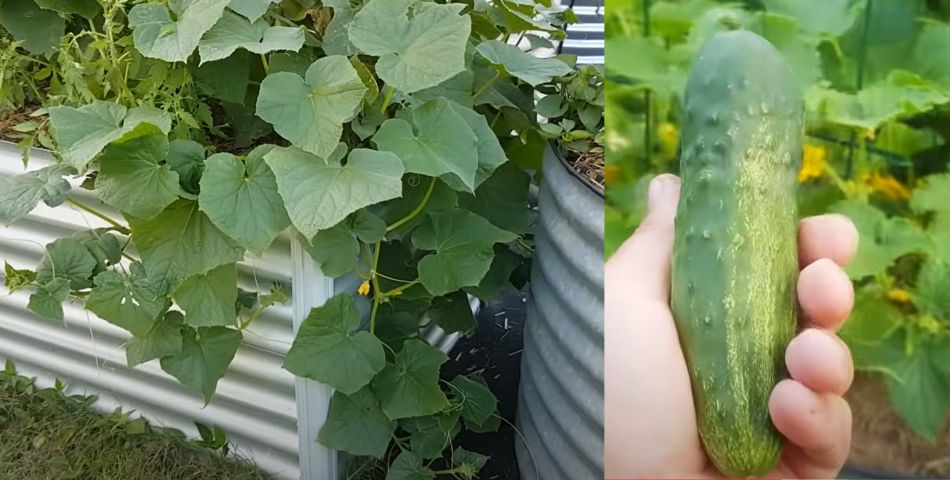
Cucumber
Just like tomatoes, cucumbers are technically a fruit but are eaten as a vegetable. They are an exceptionally low calorie snack, containing zero fat and 96% water. Cucumber has an enormous array of uses, both medicinal and consumable. These include adding to salads, cooking in stir fries, blending into smoothies, treating eye puffiness, and fighting constipation. If you have an excess of cucumbers, fermenting or pickling them is recommended, as this enhances their health benefits.
Cucumbers are easy to grow and produce fruit very quickly. You’ll definitely need a trellis, as even the miniature varieties need support. Choose a variety suited to your purpose- small cucs are best for pickling while larger types go further when eating fresh.

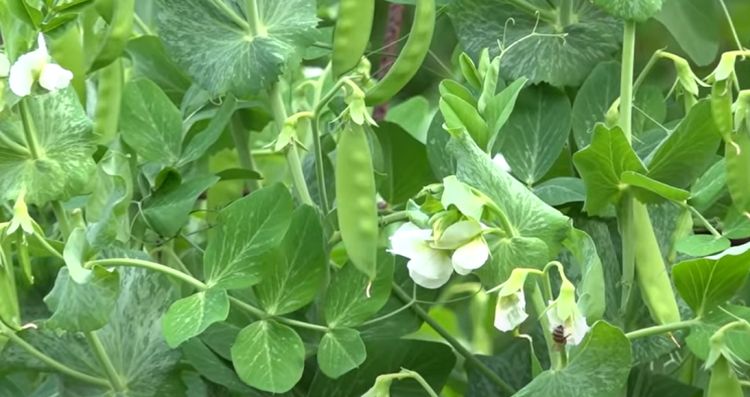
Peas
Peas are simply one of the best staple foods you can produce yourself. They’re easy to grow, taste good, and are good for you, so they always make it into my list of 10 vegetables you should always grow. Peas contain vitamin K and manganese, which both aid in healing.
The humble pea is a highly productive plant, and while they definitely need trellising, they use relatively little bed space for their output. Peas freeze well so it’ll never be a problem if you grow too many!

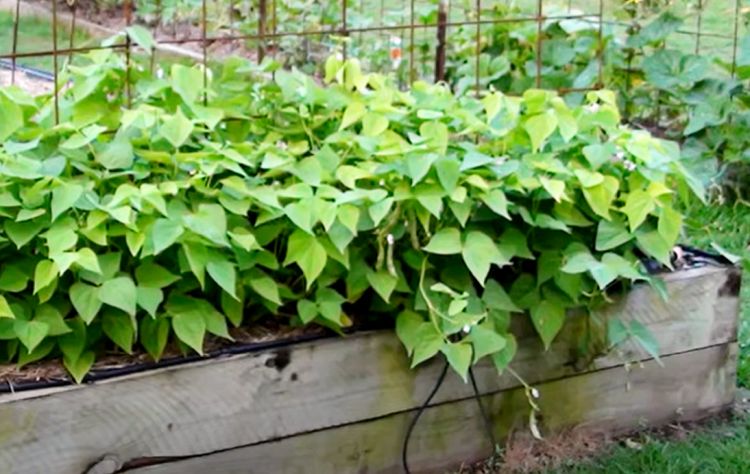
Beans
Beans are one of the most complete foods you can grow- they are high in fibre, protein and a huge array of vitamins. In fact they contain so many essential nutrients, you could almost survive on beans alone!
There are a huge number of varieties to choose from, so why not try 2 or 3 different ones each season? It won’t be a problem if you grow too many, because just like peas, they freeze beautifully. Beans are easy to grow and will grow almost anywhere. They aren’t fussy about soil, and in fact beans are one of the few vegetables that add nutrition to the soil, as they are a nitrogen fixer. If you’re new to gardening or have poor soil, beans are a great vegetable to start with.

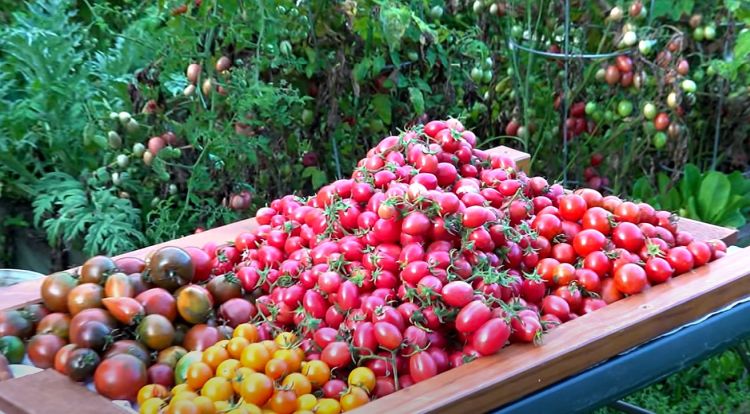
Tomatoes
Tomatoes are technically a fruit, but are usually thought of and eaten as a vegetable. Lycopene is the most notable compound present in tomatoes. It is a powerful antioxidant which fights cancers and a number of degenerative diseases. Tomatoes also contain vitamins C & K, potassium and folate which help with heart health and skin protection. Even better, the cancer-fighting ability of tomatoes is increased via cooking- think spaghetti sauce!
Despite being well-known and well-loved, tomatoes aren’t always the easiest of crops. They have specific watering requirements and need regular pruning and staking. If pests are a problem (such as QLD fruit fly in Australian summer) try growing plain red cherry tomatoes. Their thicker skin, vigorous nature and self-seeding ability make them much easier to grow. Ultimately, nothing beats the taste of a homegrown heirloom tomato, and that makes all the effort worth it!

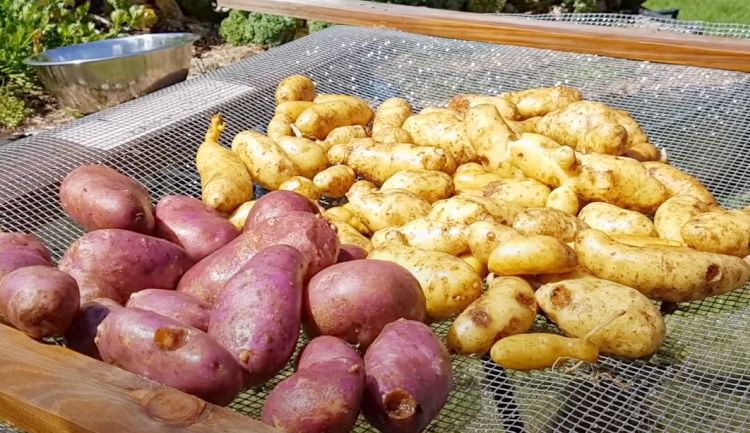
Potatoes
The humble potato is an amazing staple vegetable that gets a bit of a bad rap. Their nutritional value is better than you might expect. They are nutrient-dense, containing more potassium than bananas, lots of fibre (especially if you leave the skin on), and plenty of vitamins like B6 which promotes good brain function. While it’s true that potatoes are high in carbohydrates, they’re high in complex carbs rather than simple sugars, which are good for you as long as you don’t drown them in fat during cooking.
As with all vegetables, home grown potatoes taste much better than their store-bought counterparts. They’ll be fresher, have a creamier texture, and can be stored for many months. Additionally, you’ll be able to try lots of varieties that can’t be bought commercially.
To grow potatoes, all you need to do is plant potatoes. You can grow them from offcuts of shop-bought potatoes, but you’ll get better results from planting organic seed potatoes. Make sure to plant in the correct season for your climate to maximise your harvest.

